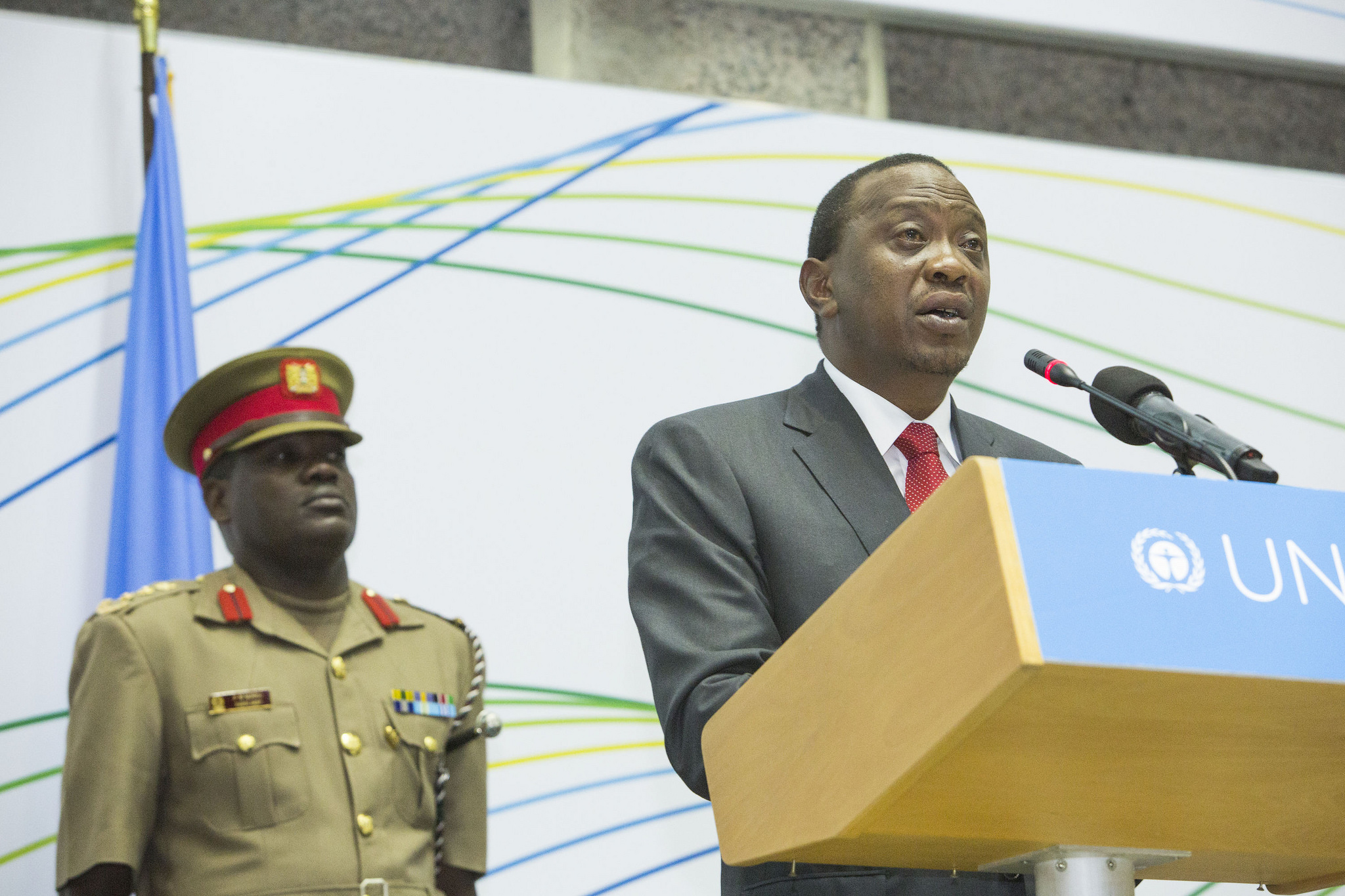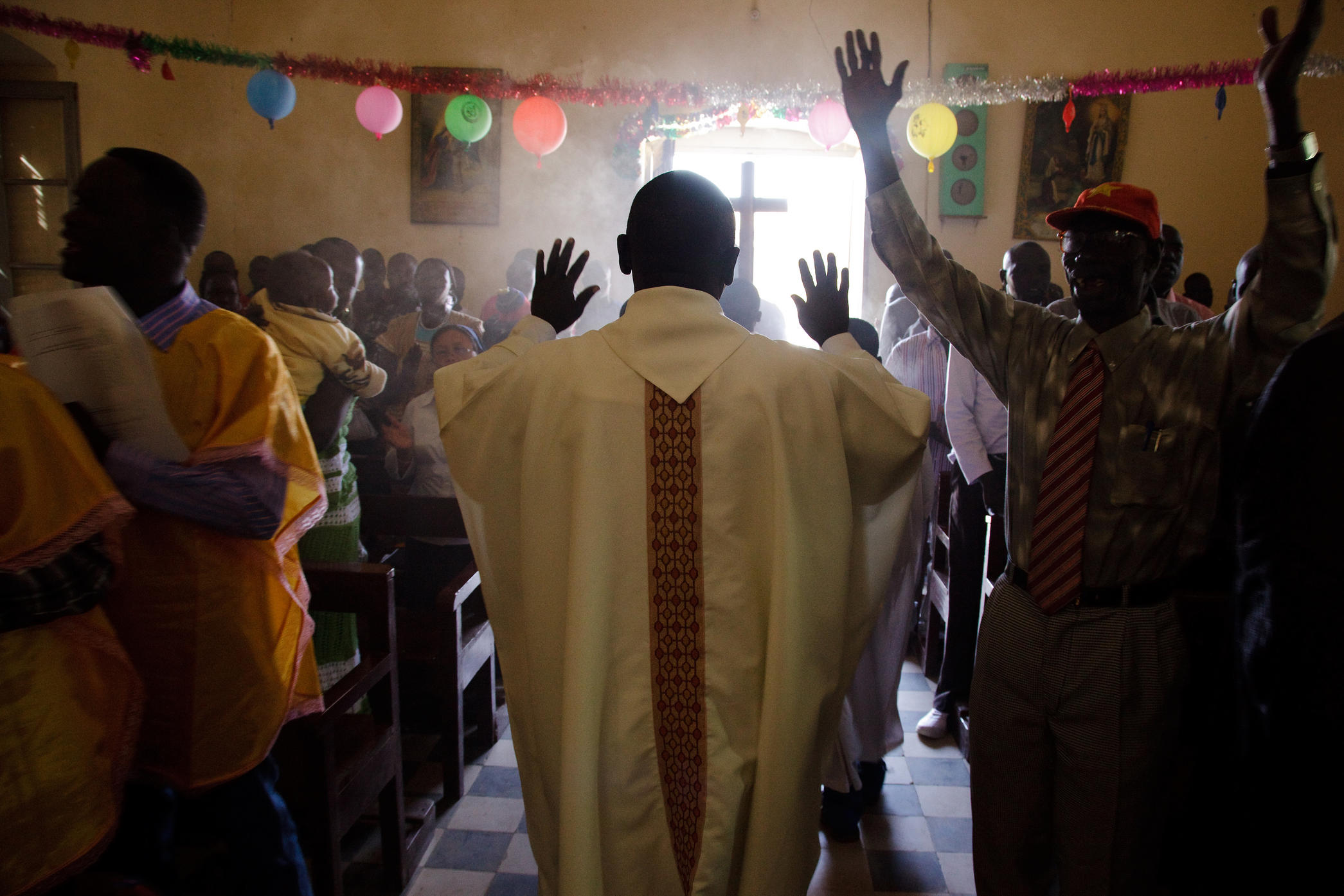By Andrew Mack

Prize-winning New York Times columnist Nicholas Kristof has played a critically important role in drawing international attention to wartime sexual violence. But a number of his widely-cited claims have spread misinformation about the extent of sexual violence in some of the worst affected countries.
In a 2009 column Kristof claimed that “as many as three-fourths of women were raped” in Liberia’s civil wars. The provenance of this much-publicized claim isn’t clear from the article in question, but various sources trace its origin to a misunderstanding of a survey carried out by the World Health Organization (WHO) in 2004.
However even a cursory reading makes it clear that the WHO survey report’s data cannot be used support Kristof’s claim.
The survey uses a wholly unrepresentative sample of the national population, selecting “key informants” who “identified other women and girls in their respective communities for inclusion in the study.” More importantly, the survey sample was drawn from women who were already survivors of sexual violence — the fact three quarters of them them had been raped was hardly surprising. The 77 percent figure refers to the percentage of already-assaulted women who were raped, as opposed to having been subjected to other forms of sexual violence (some women were raped and subjected to other forms of violence.) In other words, the WHO report’s findings tell us absolutely nothing about nationwide prevalence of sexual violence against women in war-affected Liberia.
The real rate of sexual violence against females in Liberia during the war periods was very high, but nothing remotely approaching the figure cited by Kristof and endlessly repeated in the media, by advocacy groups, and even in UN publications. In 2007, a major nationwide survey by the Demographic and Health Survey (DHS) organization found that the lifetime prevalence rate of sexual violence among women aged 15 to 49 in Liberia was 18 percent — less than a quarter the rate of Kristof’s much publicized claim. An earlier survey that covered the first civil war by Shana Swiss and colleagues found the prevalence rate to be 15 percent. To put this in perspective, 18 percent is approximately the same as the lifetime prevalence rate in the United States according to a nationwide 2010 population survey undertaken for the Center for Disease Control.
While Kristof’s hugely exaggerated figure has been endlessly repeated, the much lower DHS estimate — which, unlike the 2004 WHO survey, is based on a professionally conducted nationwide population survey — has largely been ignored in the media. It simply wasn’t newsworthy.*
Another widely-cited claim about wartime sexual violence referred to by, among others, Kristof and Cheryl WuDunn in their best-selling book Half the Sky appears to have originated in a 2004 report by IRIN, the well-respected news and analysis service of the UN’s Office for the Coordination of Humanitarian Affairs. The IRIN report stated that
“A staggering 50 percent of all women in Sierra Leone were subjected to sexual violence, including rape, torture and sexual slavery, according to a 2002 report by Physicians for Human Rights.”
The figure would indeed have been staggering had it been what the careful Physicians for Human Rights (PHR) researchers had claimed. But they did no such thing.
The findings of the PHR report made it clear that the lifetime prevalence rate of sexual violence they found in Sierra Leone was 17 percent — which is very high, but little more than a third of the rate the IRIN report cites. Where then did the 50 percent figure come from? The answer is likely a reference in the PHR report to a previous study of violence against women in Liberia that found that 51 percent of respondents had been raped in their lifetime. But this finding was based on a very small and unrepresentative survey sample that should never have been used to make claims about nationwide sexual violence rates.
Misleading claims of shockingly high levels of conflict-related sexual violence like the two cases noted here tend to be accepted uncritically and re-broadcast widely by advocacy groups and the media, sometimes becoming further exaggerated in the process. For example, writing for the Foreign Policy Association Cassandra Clifford claims that:
“The use of sexual violence as a form of warfare has become an epidemic, in many of the conflicts 50 percent or more of the female population is raped.” (Emphasis added.)
Neither IRIN nor Kristof and WuDunn ever claimed that more than 50 percent of the female population in many war-affected countries were raped and despite many claims to the contrary, there is no evidence that rape as a “form of warfare” is increasing.
If these two cases of misleading reporting were exceptional there would be little cause for concern. Unfortunately, they are symptomatic of what Kelly M. Greenhill has called “the resilience of conflict-related magical numbers … that are deemed to be “true” simply because they are widely believed to be true.”
These resilient “magical numbers” are not unique to discussions of wartime sexual violence. The problem of inflated war-related statistics is also evident in claims about the worldwide number of child soldiers, civilian deaths as a share of all violent war deaths, and the controversies over war death tolls in Darfur, Iraq and the DRC. The forthcoming Human Security Report examines what drives such inflated claims in the case of dominant narrative on wartime sexual violence, and why they lead to inappropriate policy responses.
*For a highly instructive and far more detailed account of inappropriate reporting on sexual violence in Liberia and the associated “information politics,” see the new JPR article “Dueling incentives : Sexual Violence in Liberia and the Politics of Human Rights Advocacy” by Dara Kay Cohen and Amelia Hoover Green.






0 comments